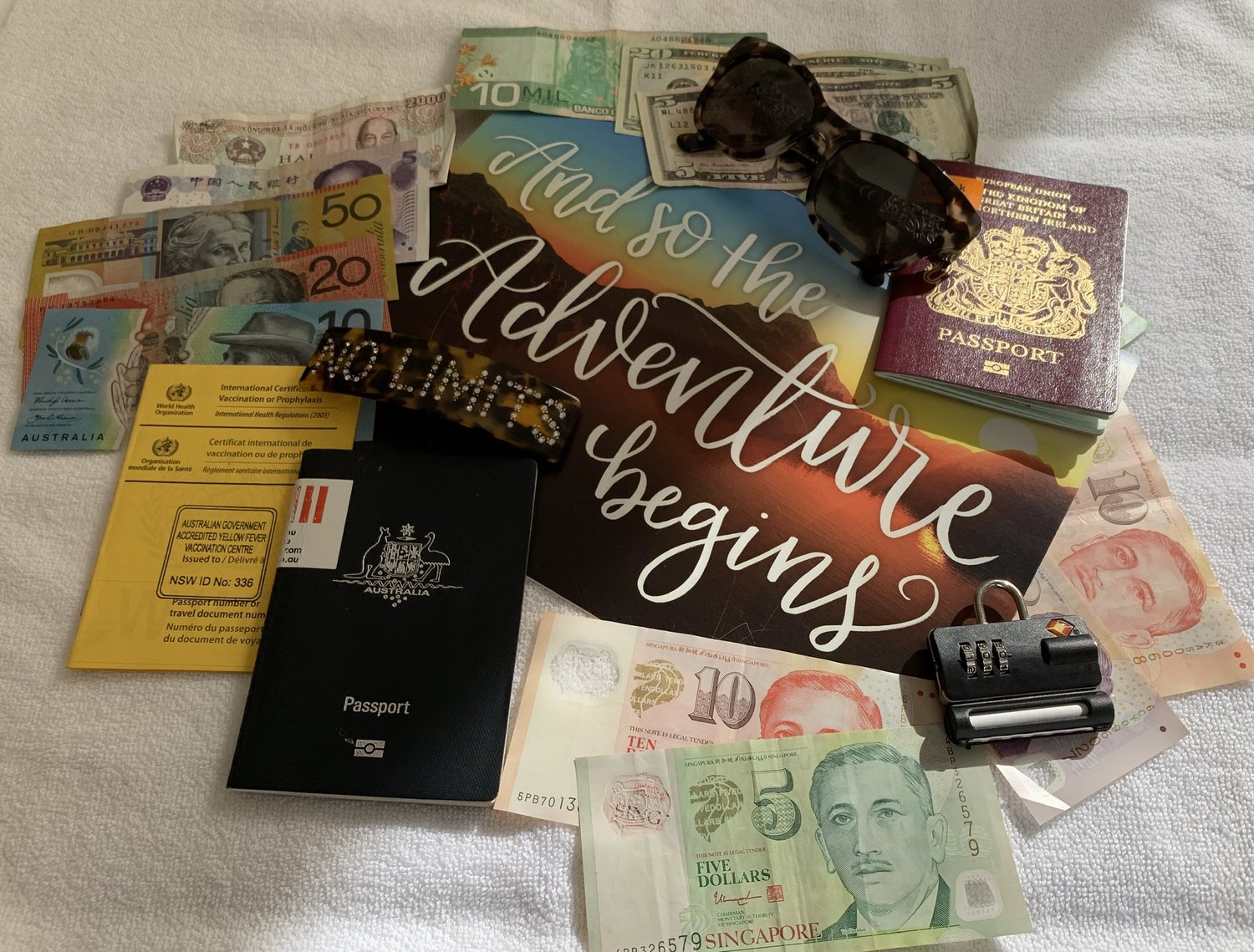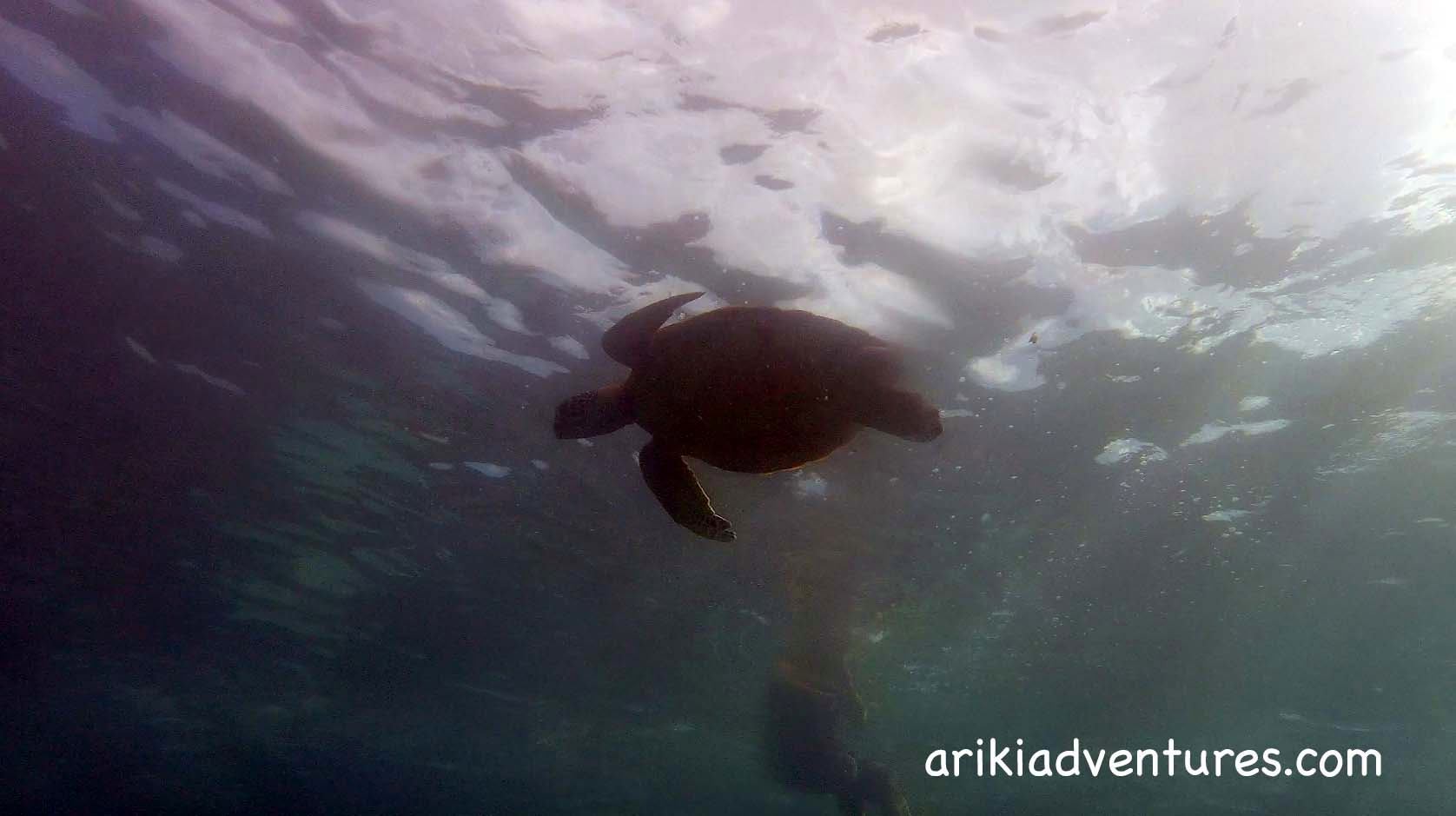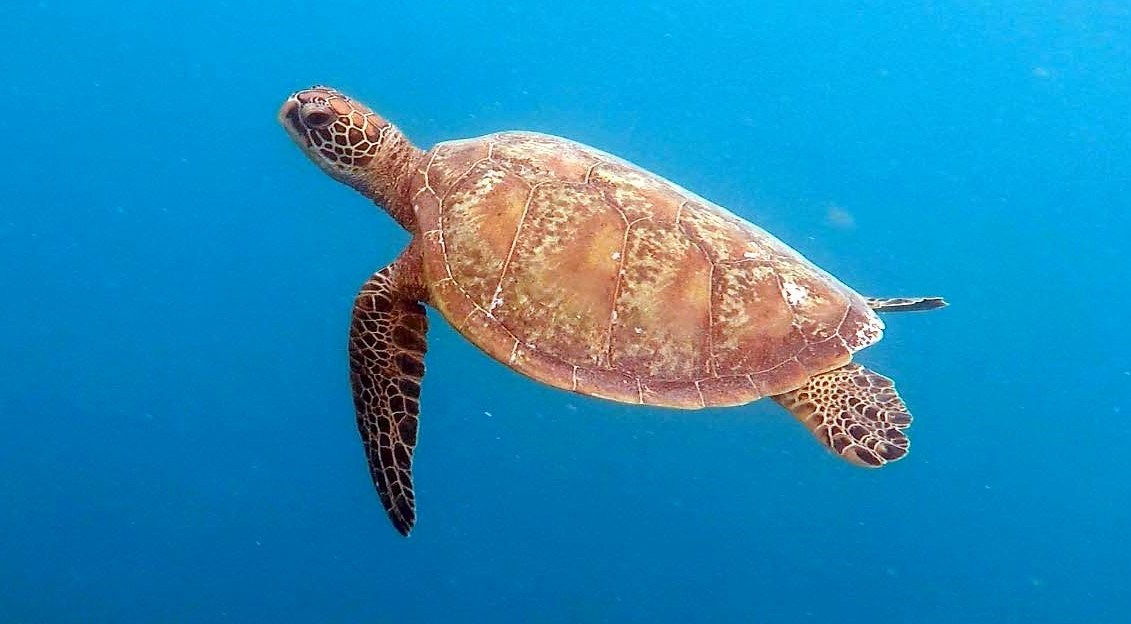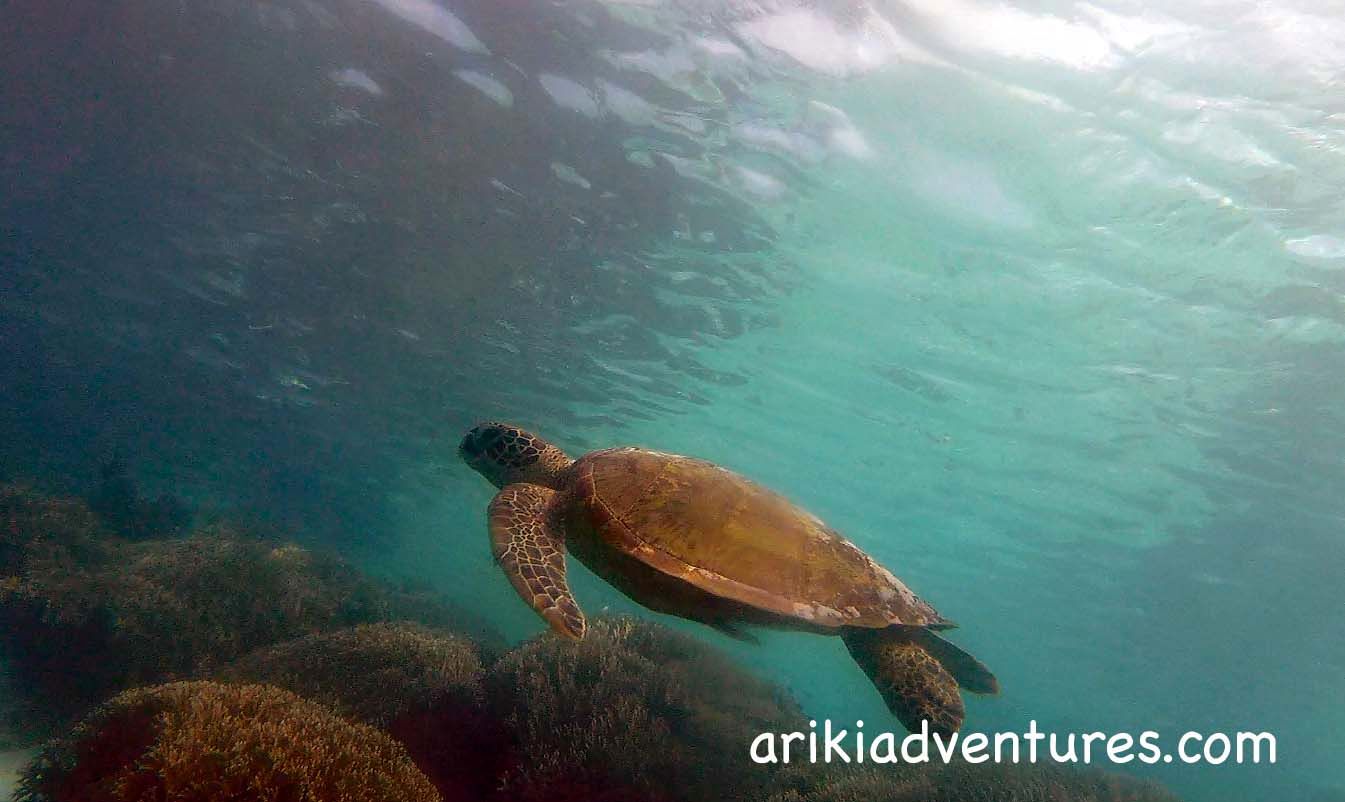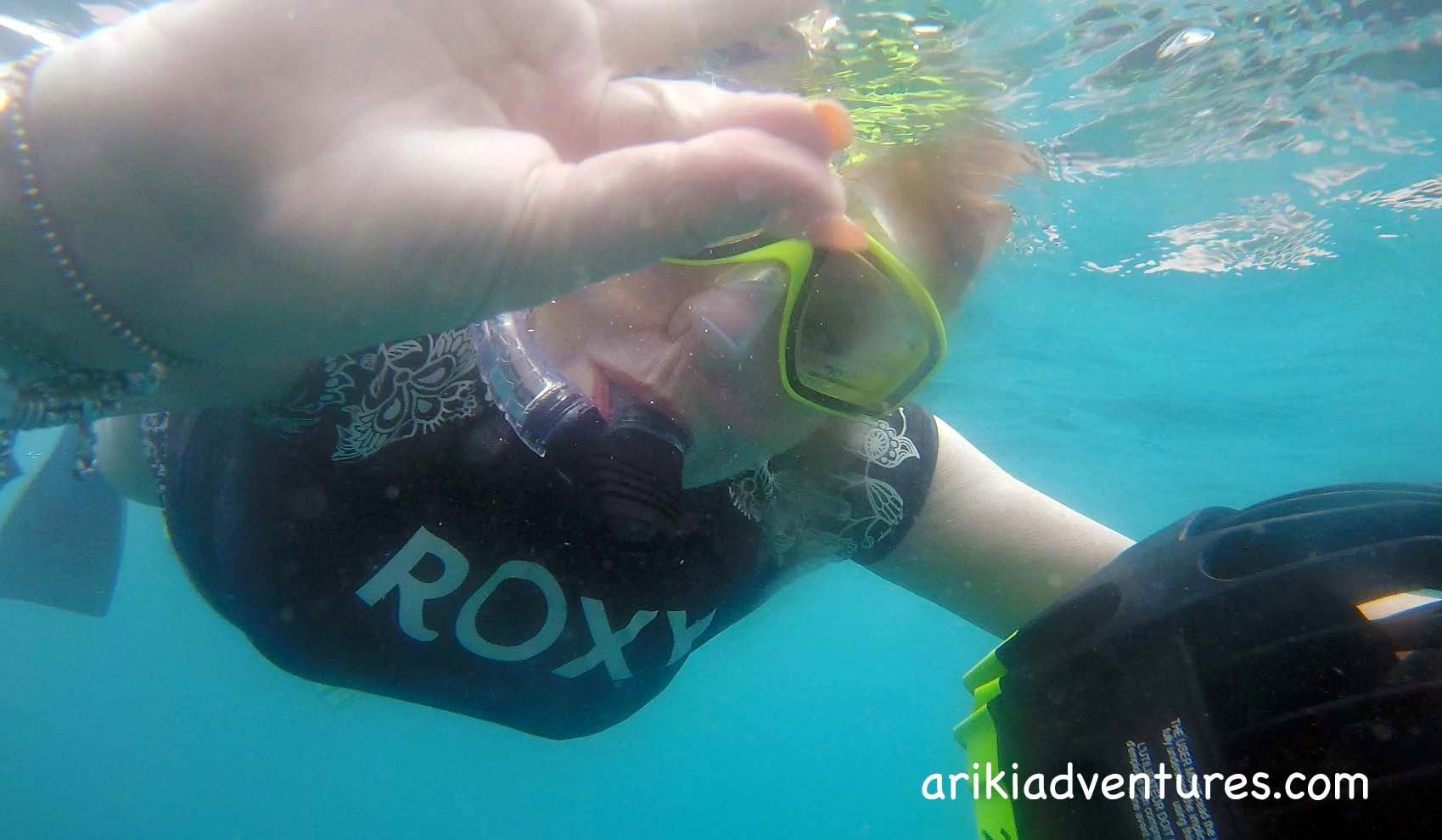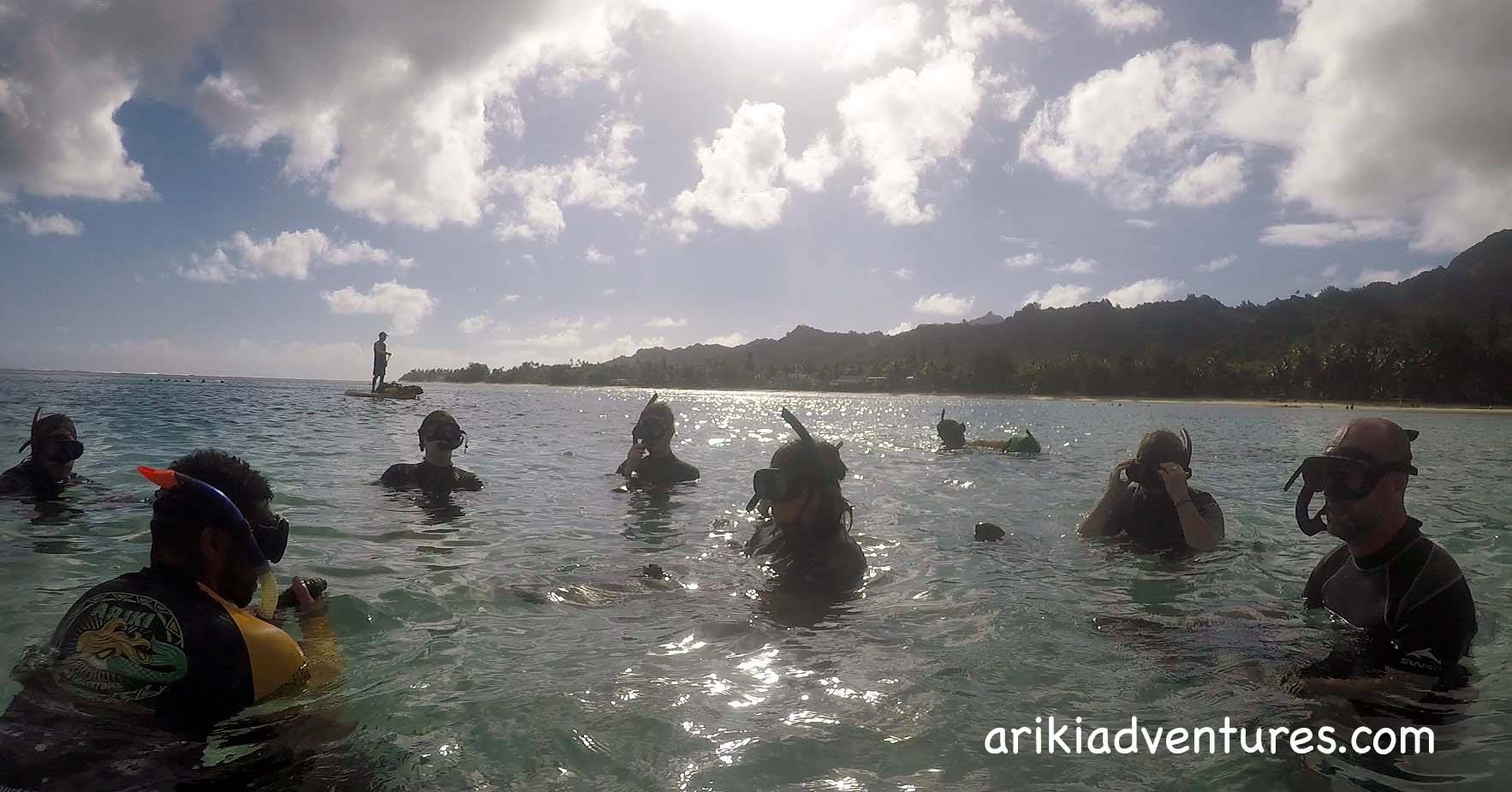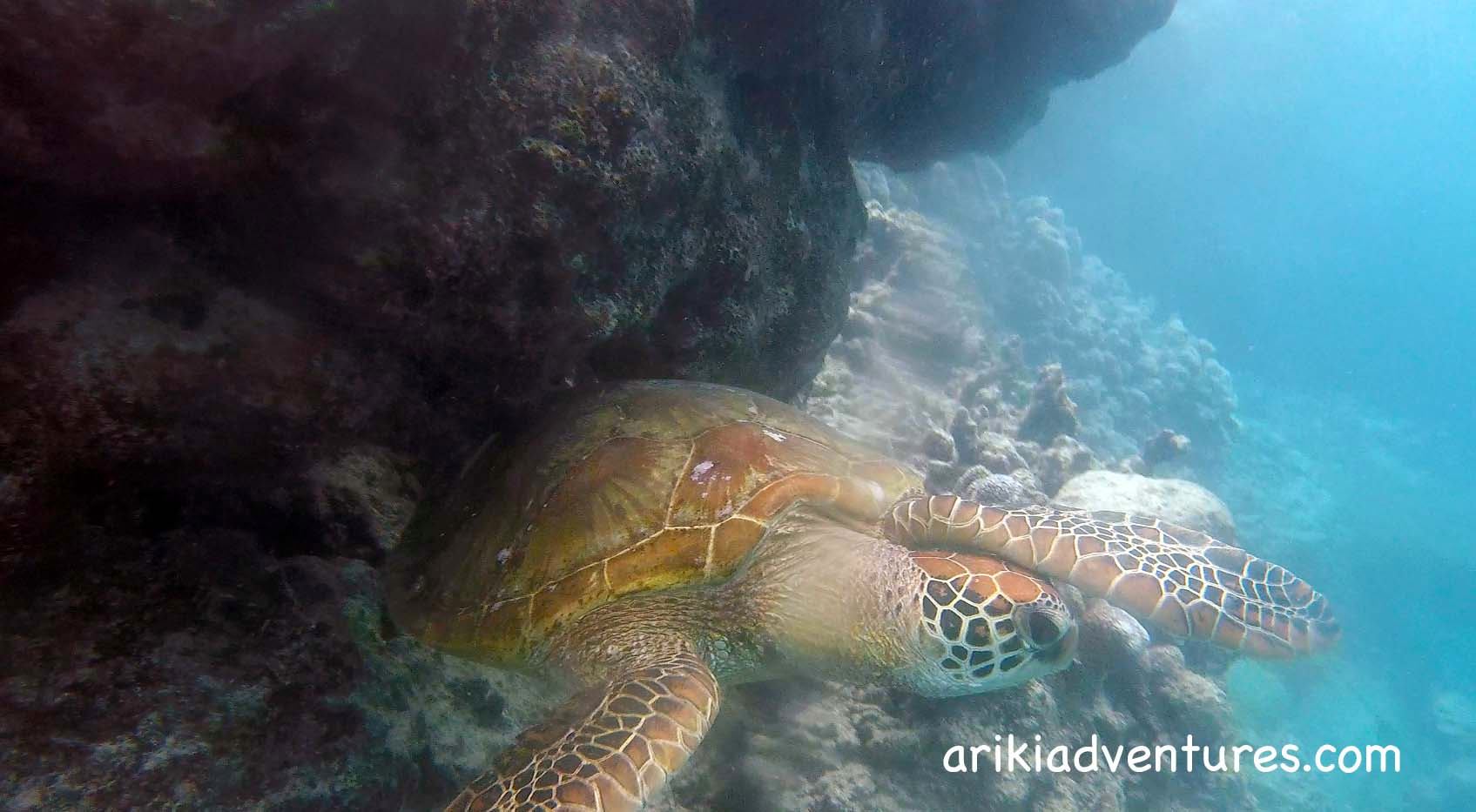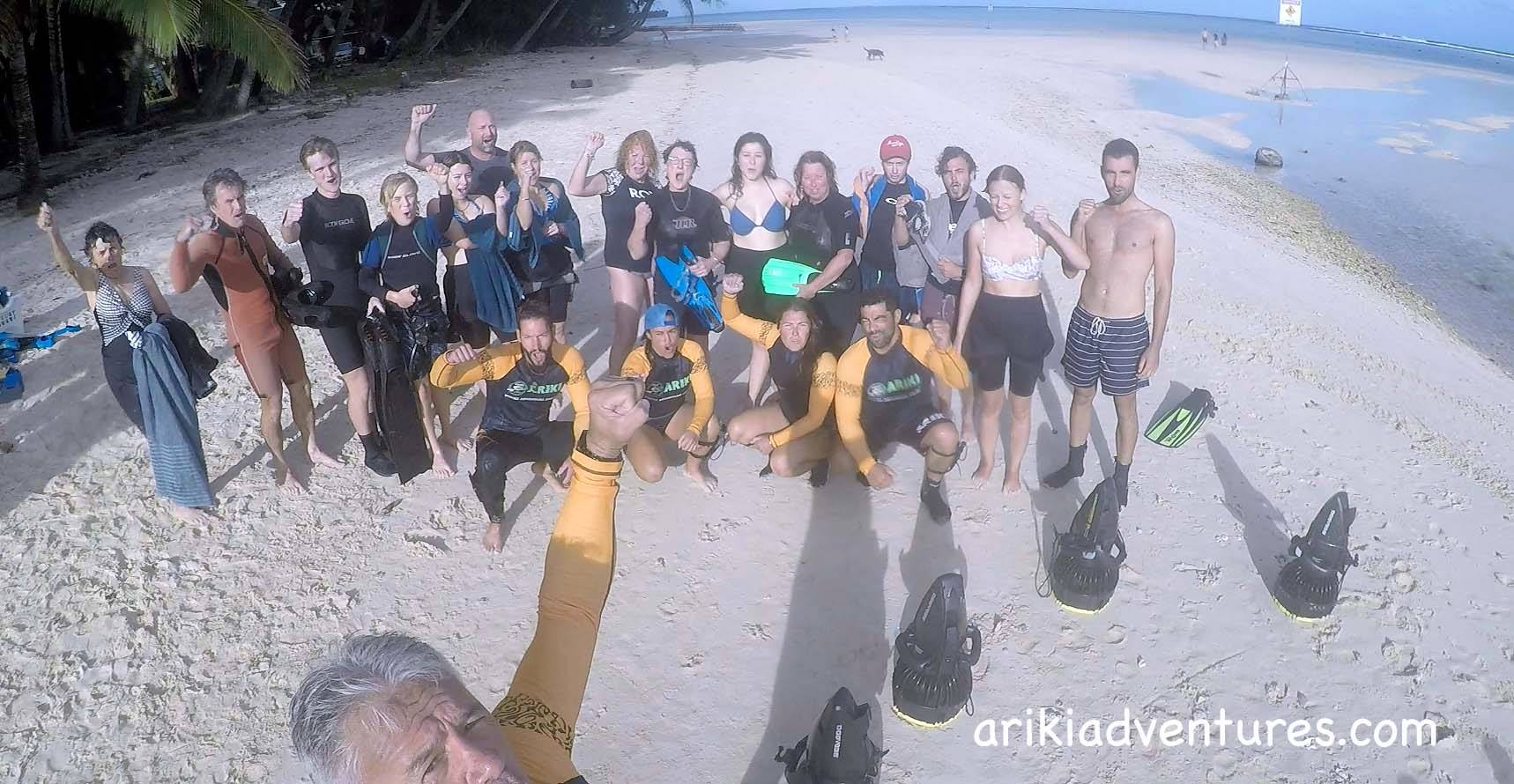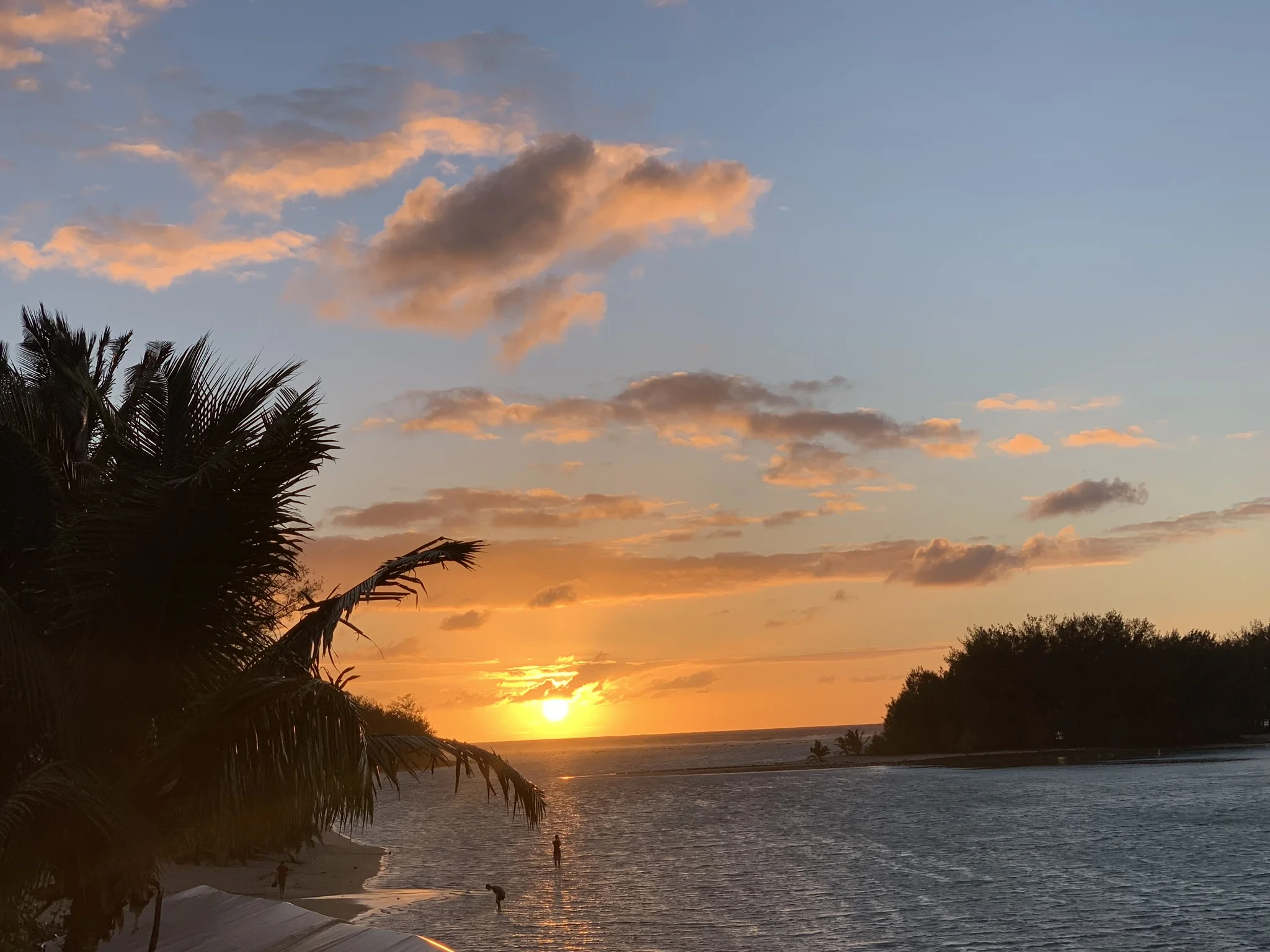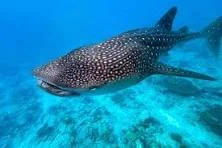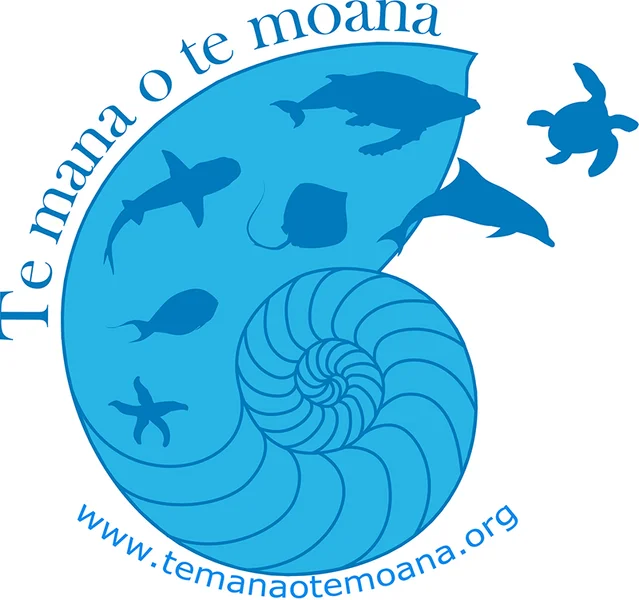Turtle sea scooter safari
As you’ve probably already noticed from my previous blog pages, I love wildlife and nature whether it’s on land or in the sea.
My Ningaloo reef experience was amazing and my encounters with turtles were so special that I fell in love with these wonderful sea creatures. So when I saw that #Ariki the cafe next door to my resort was offering Turtle Sea Scooter Safaris I just couldn’t resist and booked without a second thought.
Kave and his wife Jules are the owners of #Arikiadventures and have formed a turtle conservation society in conjunction with Cook Islands tourism. One of their aims is to work with the turtle tour operators, environment and tourism to ensure safe viewing practices and protection of the marine environment and offer education about marine turtle facts.
Cook Island Turtles - an endangered species
There are two types of turtles in the Cook Islands, the Green and Hawksbill turtles. Both are endangered and the populations are now a fraction of their historic levels.
The turtle population of Rarotonga is declining as their natural nesting grounds have been taken over by beach front development. As a result the females no longer lay their eggs on Rarotonga but have instead migrated to another island which gives their young a better chance of survival. With only a one in one thousand chance of making it to adulthood anyway these hatch-lings need all the help they can get.
Turtles are also at risk from hunters as they still form part of the diet for some of the Cook Islanders. However, the biggest affect of hunting on the population has not been as a food source but instead for their shells. The Hawksbill turtles are the most at risk as their beautiful shells are made into jewelry and trinkets. As a result they are critically endangered but hopefully with education programmes such as those from the conservation society, the Cook Islands turtle population can begin to grow and thrive again.
Our Sea Scooter Snorkel Adventure
On the day of the Turtle Safari we meet at the cafe and after reading a flyer about the life of the turtles we head for the snorkel site. We will be snorkeling straight from a beach where the females used to lay their eggs. There is a large coral area about 30 metres from the beach inside the main reef. Strangely, even though the females no longer lay their eggs here they still spend most of their time nearby. Female turtles go back to where they were born to lay their eggs so I guess that it must just feel like home here.
The waters around the southern tip of Rarotonga can be treacherous. Whilst there is no tide tidal pattern there is a very strong current in some areas inside the reef which would put all but the strongest ocean swimmers in danger. For that reason Ariki provides us with sea scooters which not only make the experience more fun but also ensure that we make it safely back to dry land at the end of our adventure.
Before we enter the water we are given a safety briefing and the excursion leader Kave demonstrates how to operate the sea scooters. Then we are divided into two groups of eight. We put on our masks, snorkels and fins and after a trial run using the scooters we swim out towards the coral bommies. The current on the sandbank where we enter is flowing very fast so it’s reassuring to have our mechanical swimming aids with us.
Within a minute of entering the water we spot our first turtle swimming leisurely past us. I love the way that turtles move through the water, although they can actually move quite fast their swimming action appears so effortless and makes them looked so chilled. It never ceases to amaze me. This female stays around for quite a while coming up for a breath and drifting between the coral. Then she dives out of sight deep through the coral and we head further out towards the reef.
It’s not long before we see our next turtle, then another, then another. There are so many in this small area that it’s incredible to see. Some of the turtles are swimming along and others are laying on the top of the bommies just under the surface of the water. They are so close we could almost touch them without even duck diving into the water, although of course we know not to do this. Instead we take the time to admire these beautiful sea creatures. Turtles need to come to the surface to breathe but one breath can last them for four or five hours so it is apparently not uncommon to find them just chilling in this area.
We snorkel around for about an hour and then it is time to head back to shore. The current seems to have become stronger or maybe I am becoming tired from the swimming but I am so glad to have the sea scooter to help propel me back in. I must admit that to start with I was a bit nervous whenever I pressed the scooter switch but now I head back full throttle towards the beach enjoying the feeling of speed as I glide through the water.
We climb back on shore, hand back any equipment we borrowed and then it’s time for our team photo. It’s been another experience that I will never forget and I can tick a sea scooter safari off my bucket list.
What a fantastic year this is and there is still so much more to come ……… I can’t wait !!!

